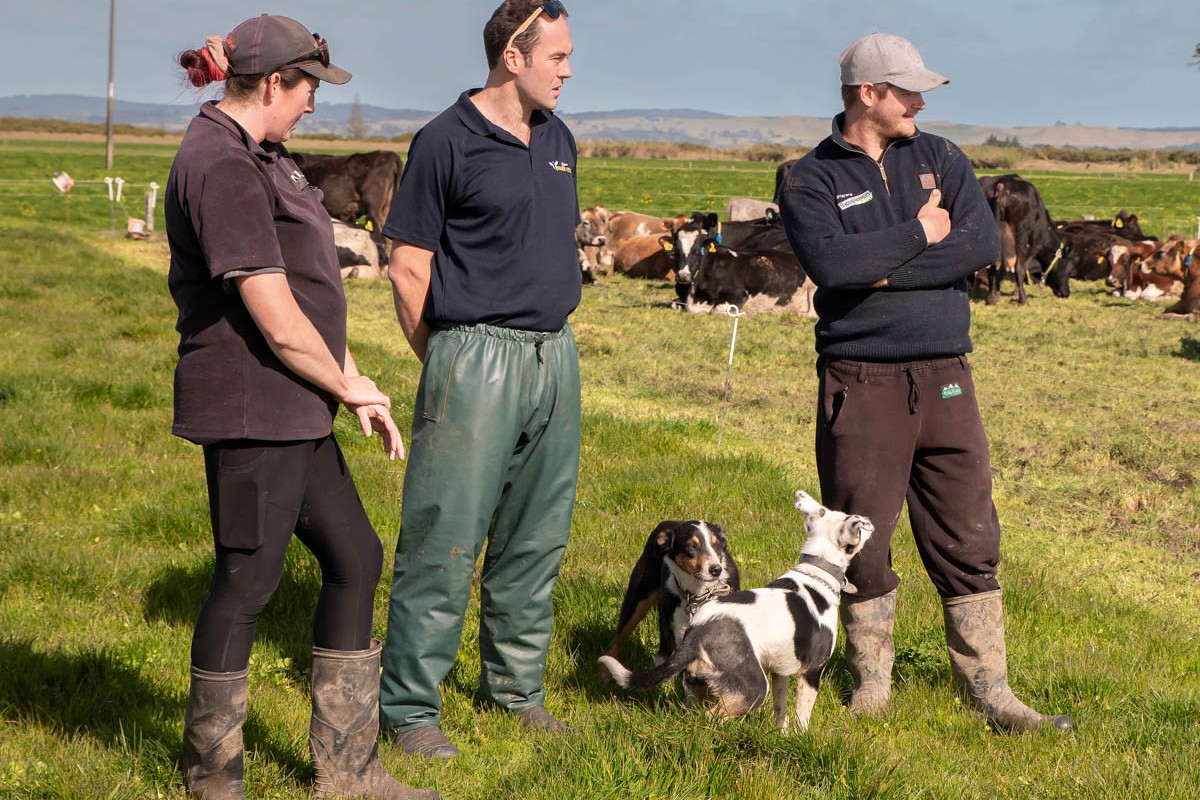Sometimes a fresh perspective can provide new solutions to old problems. Gertje Petersen from AbacusBio explored the issue of gene editing and genetic modification with a group of students and found a new way to look at it.
Climate change, equality, poverty – these are “wicked problems”, issues that are difficult to solve because they have no universal definition, because of contradictory knowledge or because the conditions that cause and define them are constantly changing. Among the wicked problems we face is the issue of gene edited organisms.
Gene editing – the deliberate and targeted change of the genetic information of an organism – is a relatively new term. While it still represents the modification of genetic material, it differs from what was historically referred to as genetic modification because it targets a particular location in the genome. The development of engineered nucleases, such as the CRISPR/Cas9 system, allows modification of even individual bases (the building blocks of DNA sequence) without off-site effects. This makes gene editing more precise and reversible, reducing the chance of unintended consequences.
It can be hard to fathom why these technologies are regulated by the same legislation that governs genetically modified organisms (GMOs), which effectively bans them from being used except for research. This forces breeders to resort to untargeted mutagenesis to introduce variation into the gene pool and generate selection candidates. To understand this, we need to understand not just the uncertainties about the safety of gene edited organisms, but also the historic and social context.
The term GMO has been in use since the 1970s, when the first transgenic bacteria were developed. About a decade later, the paths of genetic modification in bacteria and higher organisms diverged.
While biotech companies produce drugs like insulin in genetically modified bacteria, they hardly ever come under public scrutiny. Instead, access to inexpensive, high-purity pharmaceuticals is seen as part of the human right to health.
In contrast, the use of genetically modified plants or animals in food production has been under fire since the release of the first genetically modified food item in the United States in 1994. Sales of clearly labelled genetically modified products increased until a TV interview with Scottish scientist Árpád Pusztai and court cases around the licensing of Roundup Ready Canola brought attention to genetically modified plants and consumer acceptance declined.
Simultaneously, Green parties and organisations around the world were looking for new spheres of action. Most had grown from anti-war and anti-nuclear groups and had expanded to a more general environmental focus that an anti-GMO movement fitted into nicely. While some of the arguments used against GMOs in the human food chain were valid, the narrative changed to an almost religious one. Two extreme camps formed, preaching the dangers of GMOs versus their absolute safety across a canyon of almost forgotten scientific facts. The ground became hard to manoeuvre for laymen and for experts as well. The context of the GM debate turns gene editing legislation from a purely scientific problem into a wicked one with fluid boundaries and complex content.
Enter the untainted mind. As a mentor at the Royal Society’s Powering Potential workshop in Wellington in December last year, I posed this question to a group of high school students. “My” group of five scientifically minded teenagers dove into the complex subject with a zeal and determination that put some professionals to shame. They had learned the fundamentals of genetics, but had never encountered the term gene editing before or concerned themselves with GMOs. Over two days, they dissected the issue into its most basic components, and found a suggestion that was simple without being simplistic.
In our search for a foundation for our beliefs, we tend to rely on expert opinions, but this experience made me wonder if I should not occasionally invite a fresh pair of eyes. And if maybe we should routinely give motivated teenagers a little bit more credit.
More information about gene editing in New Zealand can be found on the Royal Society’s website. www.royalsociety.org.nz/major-issues-and-projects/gene-editing-in-aotearoa




